Mock sample for your project: Otoroshi Admin API
Integrate with "Otoroshi Admin API" from maif.local in no time with Mockoon's ready to use mock sample
Otoroshi Admin API
Version: 1.5.0-dev
Start working with "Otoroshi Admin API" right away by using this ready-to-use mock sample. API mocking can greatly speed up your application development by removing all the tedious tasks or issues: API key provisioning, account creation, unplanned downtime, etc.
It also helps reduce your dependency on third-party APIs and improves your integration tests' quality and reliability by accounting for random failures, slow response time, etc.
Description
Admin API of the Otoroshi reverse proxy
Other APIs in the same category
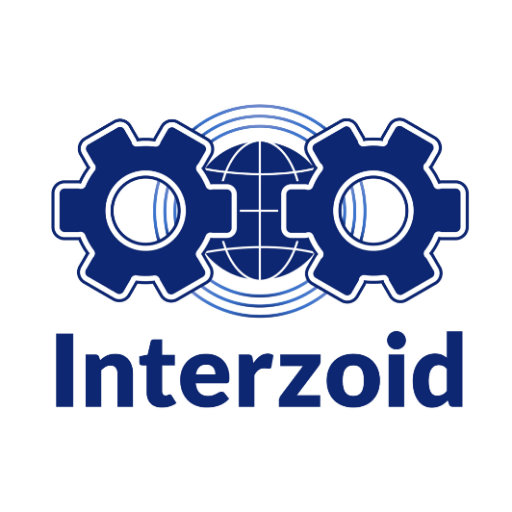
Interzoid Get Email Information API
This API provides validation information for email addresses to aid in deliverability. Syntax, existence of mail servers, and other tests are run to ensure delivery. Additional demographics are provided for the email address as well, including identifying generic, vulgar, education, government, or other entity type email addresses.
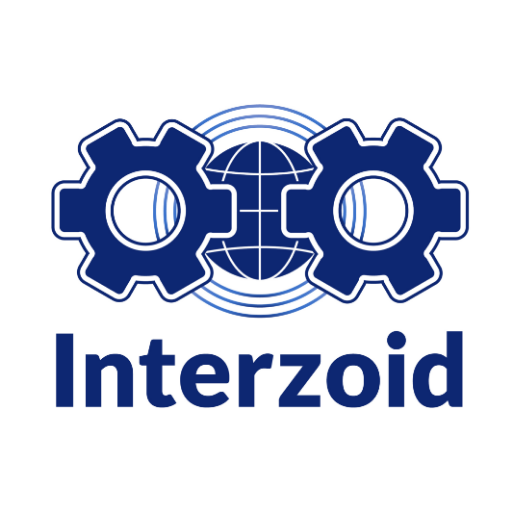
Interzoid Get Area Code From Number API
This API provides area code information for a given telephone number.
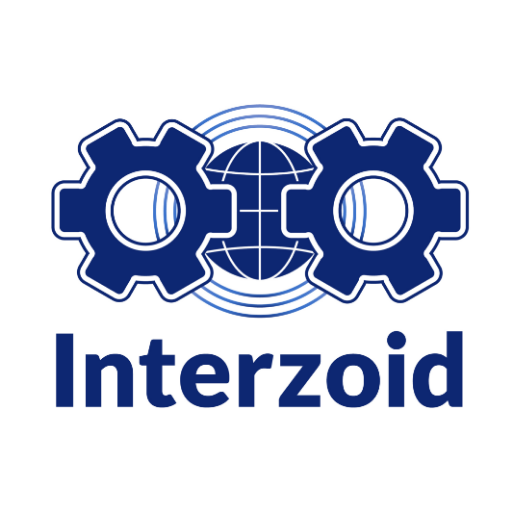
Interzoid Get Address Match Similarity Key API
This API provides a similarity key used to match with other similar street address data, including for purposes of deduplication, fuzzy matching, or merging of datasets. A much higher match rate will be achieved by matching on the algorithmically generated similarity key rather than the data itself.
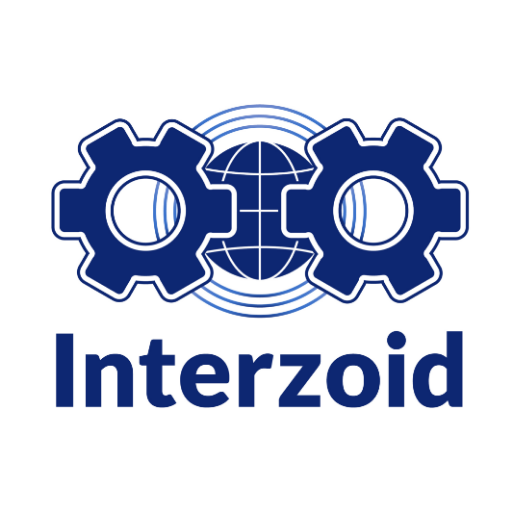
Interzoid Get Full Name Match Similarity Key API
This API provides a similarity key used to match with other similar full name data, including for purposes of deduplication, fuzzy matching, or merging of datasets. A much higher match rate will be achieved by matching on the similarity key rather than the data itself. This API is for full name data where first and last name are in the same field. Use the Full Name Parsed Similarity Key API for first and last name data that are in separate fields.

Interzoid Country Data Standardization API
This API provides a standard for country name for the purposes of standardizing country name data, improving query results, analytics, and data merging.

AppVeyor REST API
AppVeyor is a hosted continuous integration service which runs on Microsoft
Windows. The AppVeyor REST API provides a RESTful way to interact with the
AppVeyor service. This includes managing projects, builds, deployments,
and the teams that build them.
Additional help and discussion of the AppVeyor REST API is available at
http://help.appveyor.com/discussions
This Swagger definition is an unofficial description of the AppVeyor
REST API maintained at https://github.com/kevinoid/appveyor-swagger
Please report any issues or suggestions for this Swagger definition at
https://github.com/kevinoid/appveyor-swagger/issues/new
API Conventions
Fields which are missing from update operations (PUT requests) are
typically reset to their default values. So although most fields are not
technically required, they should usually be specified in practice.
Windows. The AppVeyor REST API provides a RESTful way to interact with the
AppVeyor service. This includes managing projects, builds, deployments,
and the teams that build them.
Additional help and discussion of the AppVeyor REST API is available at
http://help.appveyor.com/discussions
This Swagger definition is an unofficial description of the AppVeyor
REST API maintained at https://github.com/kevinoid/appveyor-swagger
Please report any issues or suggestions for this Swagger definition at
https://github.com/kevinoid/appveyor-swagger/issues/new
API Conventions
Fields which are missing from update operations (PUT requests) are
typically reset to their default values. So although most fields are not
technically required, they should usually be specified in practice.
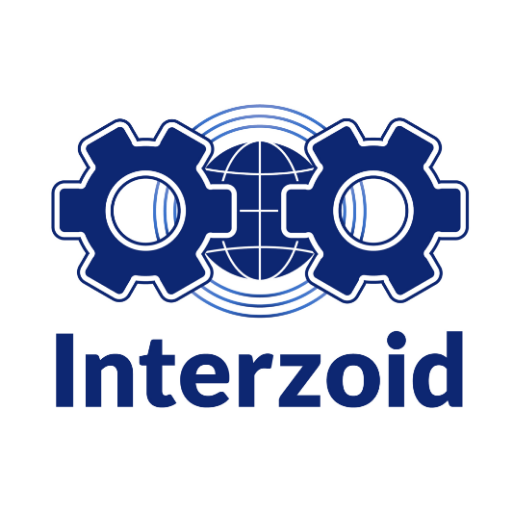
Interzoid Get City Match Similarity Key API
This API provides a similarity key used to match with other similar city name data, including for purposes of deduplication, fuzzy matching, or merging of datasets. A much higher match rate will be achieved by matching on the algorithmically generated similarity key rather than the data itself.
Appwrite
Appwrite backend as a service cuts up to 70% of the time and costs required for building a modern application. We abstract and simplify common development tasks behind a REST APIs, to help you develop your app in a fast and secure way. For full API documentation and tutorials go to https://appwrite.io/docs
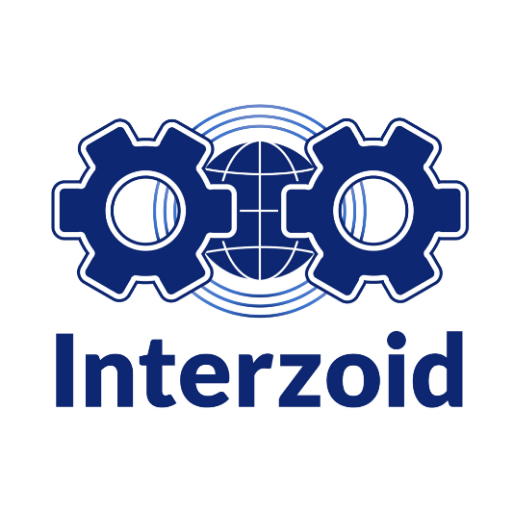
Interzoid Get Country Match Similarity Key API
This API provides a similarity key used to match with other similar country name data, including for purposes of deduplication, fuzzy matching, or merging of datasets. A much higher match rate will be achieved by matching on the algorithmically generated similarity key rather than the data itself.

